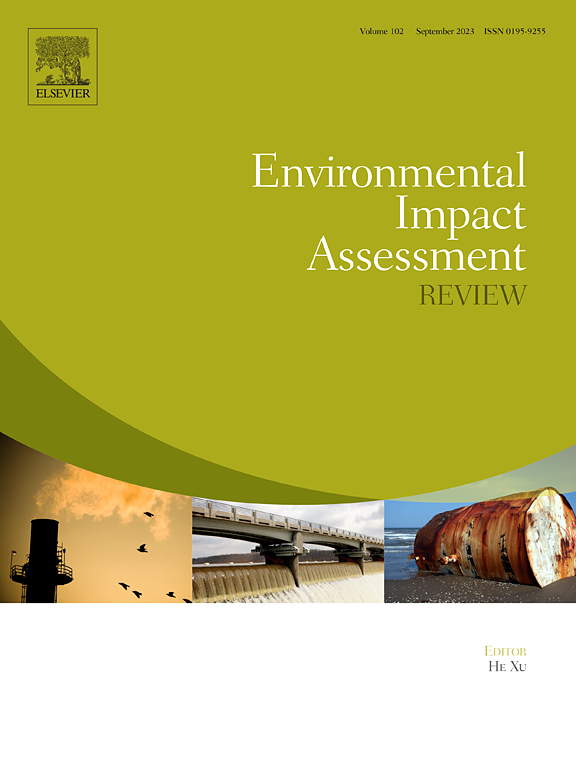From ecological entities to the entire coastal zone: An improved ecological risk assessment methodology in Jiangsu, China
IF 9.8
1区 社会学
Q1 ENVIRONMENTAL STUDIES
引用次数: 0
Abstract
Coastal ecosystems face disturbances from multiple risk sources. However, few studies have explored how to overcome land–sea heterogeneity in complex coastal zones to quantify ecological risk (ER) and provide spatial insights into the driving mechanisms of ER in coastal zones. This study proposed an improved ecological risk assessment method based on an exposure–consequence framework from natural and anthropogenic risk sources to investigate spatiotemporal changes in the ER of ecological entities along the Jiangsu coastal zone from 2000 to 2022. The ER of ecological entities was fused to the entire coastal zone to realize the risk correlation between them and calculated ER of shore sections by carrying value. The explanatory power and spatial heterogeneity of the driving factors for coastal ER were determined using geographical detector (GeoDetector) and multiscale geographically weighted regression (MGWR) models. For ecological entities, the very low to low-risk of the nature reserves were transferred the most in 2000–2010 (516.7705km2). Very low-risk areas of along the entire coastal zone decreased by nearly 50 %; the lower and higher risks areas were transferred to each other due to natural risk. The main driving factors of ER were GDP, underlying surface type, and development intensity, with a tendency for high-impact areas to expand gradually over time. The explanatory power of socio-economic factors was greater than that of natural factors. This novel ecological risk assessment framework elucidates the patterns and drivers of ER in coastal zones and serves as a practical reference for developing effective risk prevention strategies.
求助全文
约1分钟内获得全文
求助全文
来源期刊

Environmental Impact Assessment Review
ENVIRONMENTAL STUDIES-
CiteScore
12.60
自引率
10.10%
发文量
200
审稿时长
33 days
期刊介绍:
Environmental Impact Assessment Review is an interdisciplinary journal that serves a global audience of practitioners, policymakers, and academics involved in assessing the environmental impact of policies, projects, processes, and products. The journal focuses on innovative theory and practice in environmental impact assessment (EIA). Papers are expected to present innovative ideas, be topical, and coherent. The journal emphasizes concepts, methods, techniques, approaches, and systems related to EIA theory and practice.
 求助内容:
求助内容: 应助结果提醒方式:
应助结果提醒方式:


